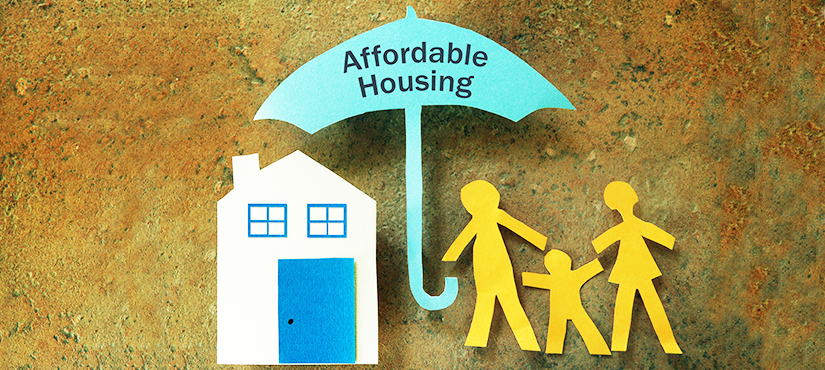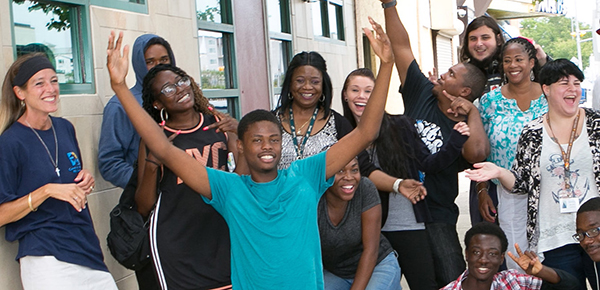Housing Instability

Housing Instability
Housing instability encompasses a number of challenging circumstances that a family may experience, such as frequent moves, staying with relatives or friends and evictions and the need to spend the bulk of income on housing.
A 2020 Department of Housing and Urban Development (HUD) point-in-time survey found that there were 9,663 New Jersey men, women, and children experiencing homelessness. According to Covenant House, more than 25 percent of former foster children become homeless within two to four years of leaving the system. Covenant House, a member of our Partners Moving Forward Committee, provides youth with transitional housing and other services from its locations in Asbury Park, Atlantic City, Camden, Elizabeth, Montclair, Jersey City and Newark.


Our partners also include agencies providing services and supports for New Jersey families with children struggling to find affordable, decent housing and at risk of foreclosure or eviction. Another partner, Legal of Services of New Jersey (LSNJ), is available to provide legal representation to families before a child is removed from the home and before an abuse or neglect petition is filed. In 2018, LSNJ initiated the pre-petition legal advocacy program. Under this program LSNJ receives referrals directly from the DCP&P when a child's removal is imminent due to an issue with housing.
Our homeless survey findings
Understanding the extent of the relationship between housing instability and involvement in the child welfare system is an important step in developing other reforms and policy changes to strengthen families and improve child well-being.
In 2020 we conducted a survey with Advocates for Children of New Jersey (ACNJ) to further our grasp of how New Jersey can better coordinate efforts to prevent and address homelessness.

Fifty-two agencies from throughout New Jersey completed the survey using data prior to the 2021 COVID-19 pandemic. Notable findings included:
77 % of clients are at risk of becoming homeless, due to:
- shortage of affordable housing
- unemployment/under employment
- mental health and substance abuse issues
- eviction
More than 70% of survey respondents said their clients need the following interventions:
- More emergency funds for utilities and rent
- Financial assistance with rental security deposits
- Budget and life skills training
- Affordable childcare services for parents
More than 50% of survey agency respondents said their clients need:
- Legal assistance
- Increased availability of mental health and substance abuse services
- Increased access to job training for sustainable and meaningful employment
- Transportation to work
- Increased local Crisis Intervention Teams (CITs) comprised of police officers with specialized training to recognize psychiatric symptoms to help keep parents and youth out of jail
Eliminating stigmas and inequities

An important goal is to eliminate the negative stigmas, perceptions and stereotypes associated with poverty and homelessness. Through our training opportunities and partnerships, we aim to address barriers that contribute to racial and economic disparities. For example, workshop participants learn that family circumstances that place children at higher risk of home removal can often be improved and/or corrected with early and appropriate interventions, in-home services and evidenced-based treatment programs.